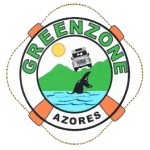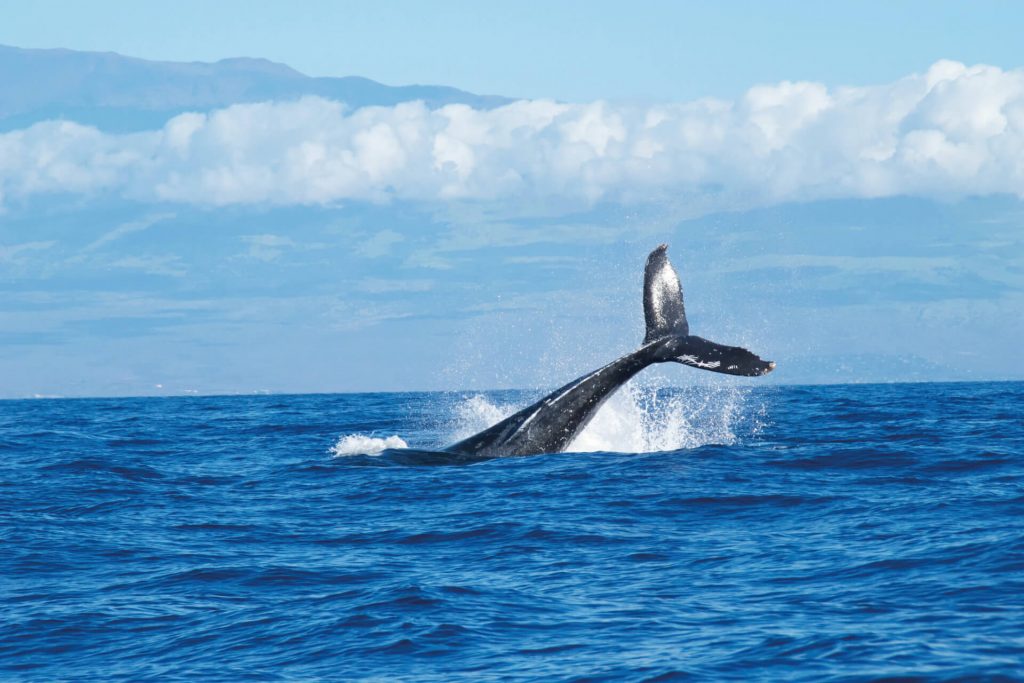Painted in shades of green, the island of São Miguel, or Green Island, so called for its endless green landscapes, is the largest of the Azorean archipelago, with an area of about 748 km².
Together with the island of Santa Maria, at a distance of 81 km, it forms the Eastern Group of the Azores.
It is divided into six administrative districts (Ponta Delgada, Lagoa, Ribeira Grande, Vila Franca do Campo, Povoação, Nordeste), and is the island with the largest population of the Azores, with more than 135,000 inhabitants.
Since its settlement, which occurred from 1440 onwards, S. Miguel has assumed a leading role in the archipelago.
Its geographical position, fertile soils, and the existence of a few safe bays made the island an important trading post, which spurred the island's settlement and rapid economic growth.
This growth, at first, had much to do with the cultivation and export of wheat and pastel, with these crops later being replaced by orange production and its export to the UK.
Over the centuries, new crops were introduced, contributing to the economic dynamism of the island, such as pineapple, tea, and tobacco.
At the same time, in addition to what was taken from the land, the people of Micaelá knew how to turn to the sea that surrounded them, and the whaling industry was for a long time an important source of sustenance for the population.
For many years the alcohol and sugar industry also made a living, but despite this, no sector was as successful on this island as cattle breeding; cows for meat production, but above all for the production of milk and its derivatives, dairy cows being one of the hallmarks of the island's landscape and one of the main drivers of the economy of the Autonomous Region of the Azores.
Anyone who has never been to Ilha Verde should be prepared to live through a set of unforgettable experiences, sprinkled with unique views.
What to visit? Main points of interest? How to get to know the island?
When visiting S. Miguel, you should first walk through the streets of the island's capital, the city of Ponta Delgada.
Raised to city status during the reign of D. João III, in 1546, it quickly became the center of the island, and the 19th century was a golden age of economic prosperity, with the construction of palaces, new streets and gardens.
Let yourself be enchanted and visit museums and cultural centers, military forts, convents, centuries-old monuments, botanical gardens, squares, and much more.
You can also count on bathing areas of excellence for a refreshing dip in the middle of the Atlantic Ocean.
After getting to know the capital of the island and how the Azores are made of nature, you should create an itinerary so that you can go to all the must-visit places and make your own memorable vacation.
Lagoa do Fogo
Integrated in the volcanic massif of the mountain range of Água de Pau (volcano of fire), the second largest lake on the island of S. Miguel, is classified as a Natural Reserve since 1974.
Surrounded by a vast endemic vegetation, it is one of the natural wonders of the archipelago and one of the most symbolic calling cards.
Caldeira Velha
Lost in a forest, on the slopes of the Volcano of Fogo, is the natural and regional monument of Caldeira Velha.
A Biosphere Reserve, with an abundance and diversity of species typical of the Laurissilva Forest, it is an area of secondary volcanism, where natural pools of iron water reach temperatures that vary between 25º and 38º degrees.
Furnas Lagoon
Inserted in the crater of the Furnas volcano, the Furnas lake is about 2 km long and has a maximum depth of about 20 meters.
On one of its banks, full of flowers and vegetation, is the largest volcanic manifestation of the island, with boilers and fumaroles. It is here that the "cozido das furnas" is cooked, buried for more than six hours in the ground.
Parque Terra Nostra
Created in the 18th century, this is a botanical garden with an immense diversity, where the Azorean flora and countless species from various parts of the globe are represented.
This immense garden is home to the largest hot spring pool on the island.
Poça da Dona Beija
An emblematic space of the island, suitable for the relaxation of body and mind and recognized for its therapeutic properties.
A thermal complex, with pools supplied by a spring of iron water in which the waters can reach 40 degrees.
Ilhéu da Vila Franca
1 km from Vila Franca do Campo lies the magnificent Ilhéu da Vila. A natural reserve, the result of an underwater volcano, with a pool inside and a small beach.
In the summer months, a short boat trip makes it possible to enjoy this little hidden paradise of the world.
Nordeste
Known as the tenth island of the Azores, the Nordeste district is without a doubt one of the most beautiful in São Miguel; the fresh, pure air, the flowers, the parks, the streams and waterfalls, the imposing viewpoints.
The island's highest point (1105 m) is located in the Northeast, where the Priolo, an endemic bird of the Azores, lives.
Lagoa das Sete Cidades
The Sete Cidades lagoon and all the landscape surrounding it is probably the most iconic and striking image of the Azores.
With a diameter of about 5 km, the lagoon, which is divided in two, one green and the other blue, is the largest fresh water reservoir in the Azores.
Considered one of the Seven Wonders of Portugal and classified as a Natura 2000 Protected Landscape, the landscape of Sete Cidades is simply breathtaking and a unique place in the world.
Mosteiros
The quiet village of Mosteiros, with its beaches and natural pools, is a fishing village where fresh fish and seafood abound.
Next to the beautiful Ilhéus that gave it its name, you can watch one of the most breathtaking sunsets in the world.
Tea Gorreana and Tea Porto Formoso
While exploring the island, make a stop at Europe's only industrial tea plantations, which have been operating since the 19th century. Green tea and black tea are their specialty.
How to get around the island? How to get around?
The best way to discover S. Miguel is with a motor vehicle.
Despite being an island, covering more than 700 km² on foot takes time and there is so much to discover.
However, renting a car in high season can be complicated and if you haven't prepared your trip well in advance, you'll have to look for alternatives.
What kind of transport can you find?
- Buses (regional road network)
- Taxi/Uber
- Car rental (car, van, motorcycle, buggy, bicycle)
- Excursions/Tours/Tours (4x4 motorcycle, vans, 4×4 jeep)
But if you're one of those people who prefer to adventure into nature, then there's nothing better than walking along the certified trails that the island offers and feeling the pulse of the earth beneath your feet.
A network of walking routes classified by the Regional Government of the Azores, in order to guarantee the safety and tranquility of hikers during their walks.
Trails in S. Miguel for outdoor enthusiasts:
- Boilers of Ribeira Grande - Salto do Cabrito
- Tea Gorreana
- Furnas Lagoon
- Canário Lagoon and Grota do Inferno Viewpoint
- Beach - Lagoa do Fogo
- Four Light Factories
- Rocha da Relva
- Water Route - Hell's Window
- Sanguinho
- Sierra Devassa
- Vista do Rei – Sete Cidades
See more:
http://www.visitpontadelgada.pt/
https://byacores.com
https://pt.azoresguide.net
https://trails.visitazores.com/pt-pt
https://www.destinazores.com/





